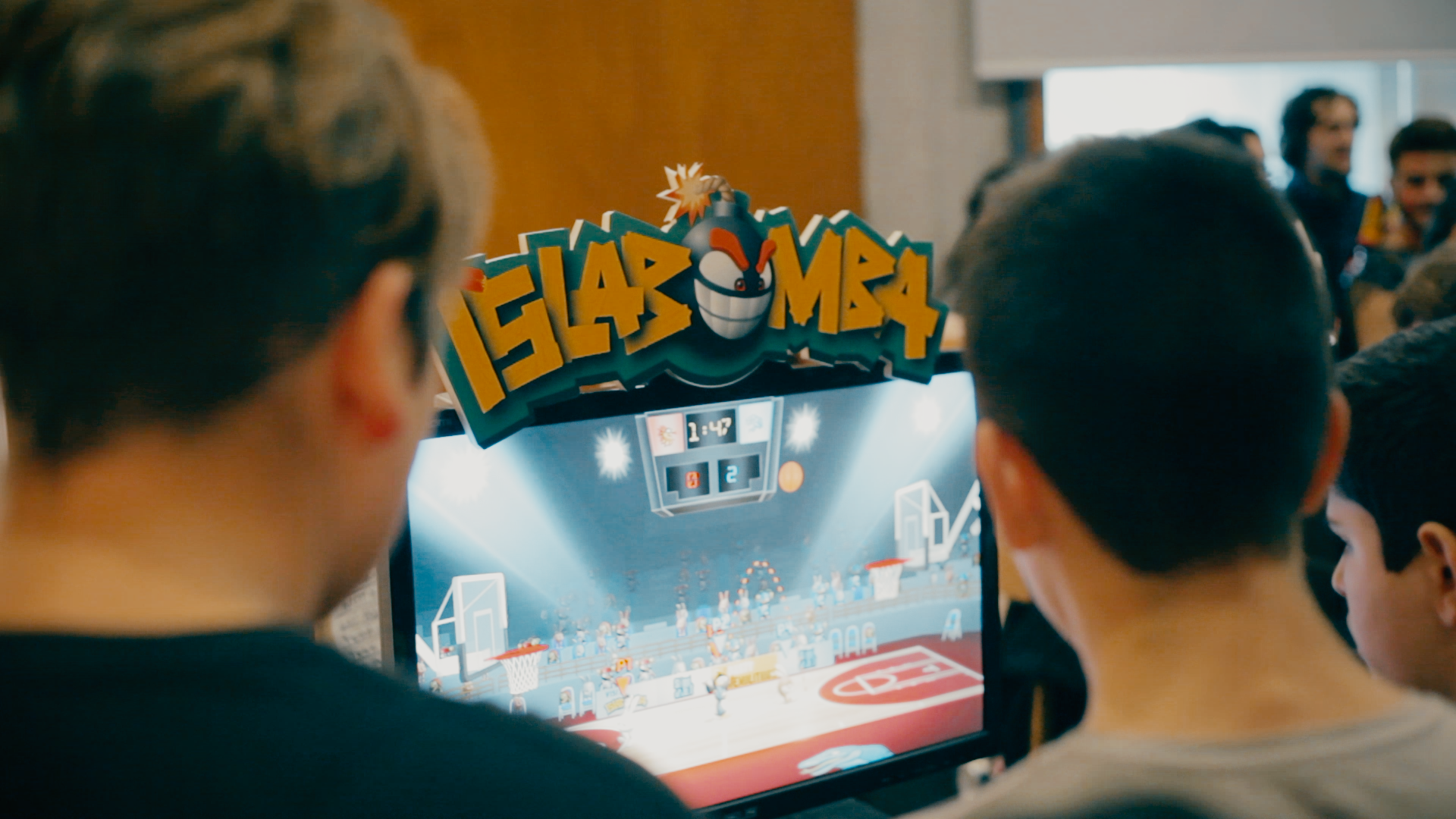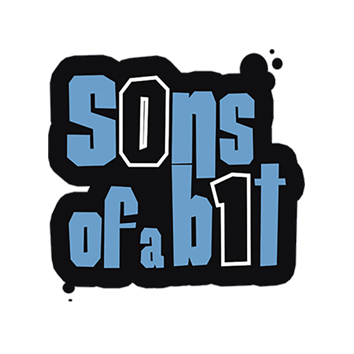Hi all!
As you may know, we talked about developing Islabomba levels some months ago, from the first sketches to creating the prefab in the game engine, Unity in our case. We even told you an original way one of our game designers, Roldán, uses to create levels by rolling dices.
We know you all like knowing all these details and we believe all these data may be interesting to all those people who are thinking about starting their journey in the exciting world of making games.
For this reason, and with the purpose of providing further information about making a game, we’re talking about another process, one of the most important ones which must be carried out before launching the product: testing.

The testing process consists of trying an unfinished version of the game and letting the development team know about the errors it has so they can fix them and prepare a newer version, which will be tested as well.
Throughout the development, the game goes through different stages: from prototype, to alphas and betas. In all those stages, the game has several errors (or bugs), which may be really serious sometimes. The development team must fix all the bugs they are aware of (or at least the most important ones, if the deadline is right around the corner), but the truth is that no software is 100% free of bugs.
However, with all the parts which form a game, it may have all kinds of errors: bugs affecting playability, design faults, things that don’t work about visuals and sounds, problems with synchronization when playing online game modes, wrong or incomplete texts… That’s why carrying out specific tests for each component in a game or even having specific departments to test each one of them is a great idea, if the size and the funds of the studio allow it.
Put simply, there are a number of software tests that must be carried out during the development process. For example, a C/C++ test can be used by software developers to analyze, test, find defects, and measure the quality and security of the applications being developed. Accordingly, you can learn more about the importance of software testing by heading to the Parasoft website.
Once we have a beta finished (such as Islabomba Beta 17, the latest one), we spend two days testing the game. On those days, we try to “break” the game, making unexpected movements, putting ourselves in players place and play how we think the would do it for the very first time, making sure all the new features don’t come into conflict with other mechanics…

In other occasions, we attend events and fairs, such as Murcia se ReManga, to make the game known and, at the same time, testing the game with the public. As you may imagine, we know levels by heart, so events are golden opportunities so that inexperienced and experienced players try the game. In this way, we can see bugs we wouldn’t have been able to find or imaginative ways to complete a level they’d never have occurred to us.
As you can see, testing can be tedious some times but absolutely essential in order to release a game free of important bugs, so you can enjoy a product in your game consoles and computers without problems that ruin the experience we have had so much difficulty to create.
We hope this information has proved interesting.
We’ll back soon with more posts!



Hello,
Very interesting article, all my life I have been dreaming with being a computer games tester but I do not know if this profession exists anymore and how is the pay. Can you tell me?
Regards
Thanks for your nice comment!
Of course, the profession exists and it’s extremely important indeed. There are multiple websites that offer testing services for game studios like ours. For example, Sekg is an innovative platform for that. Talk to them, I’m sure they will give you more precise information about this.
Best!